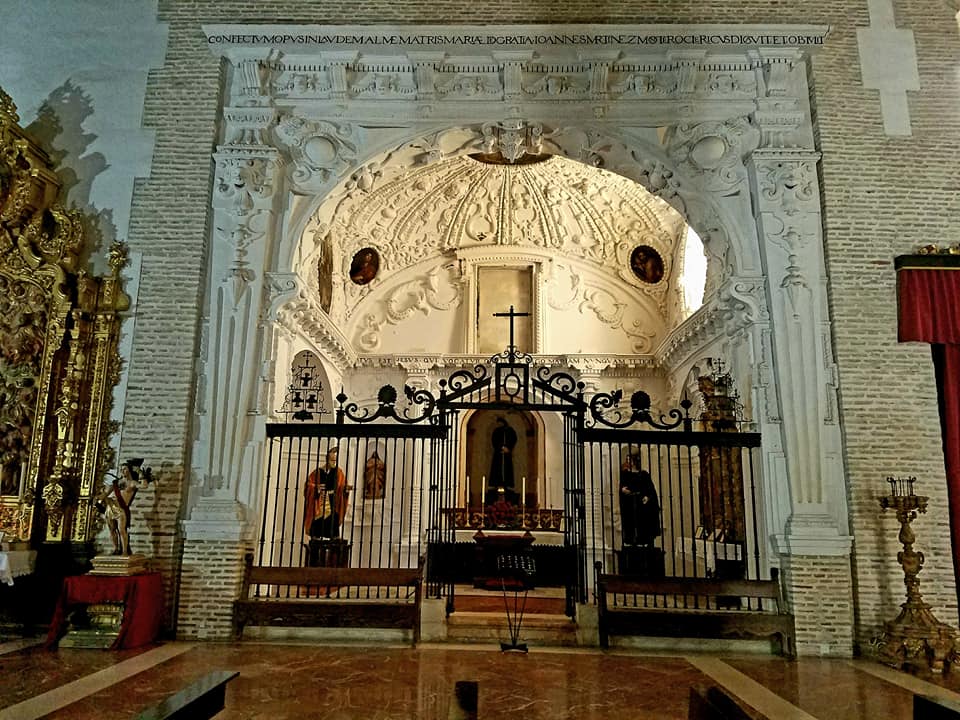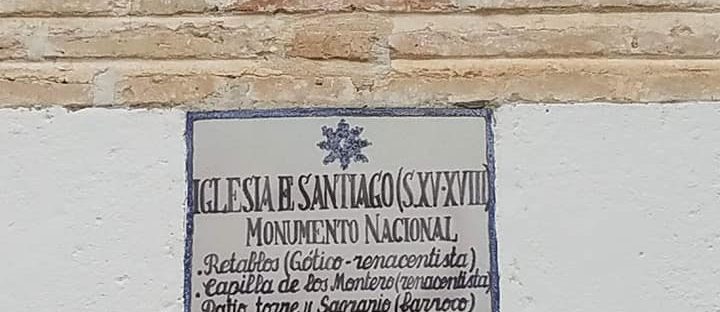The Church of “Santiago” or the Church of St. James the Elder in Ecija, Sevilla Province, is considered the most interesting buildings and one of the most elegant churches in all of Andalusia. It was declared of cultural interest as a historic monument in 1983. It is the canonical headquarters of the Brotherhood of Santiago, or of students.
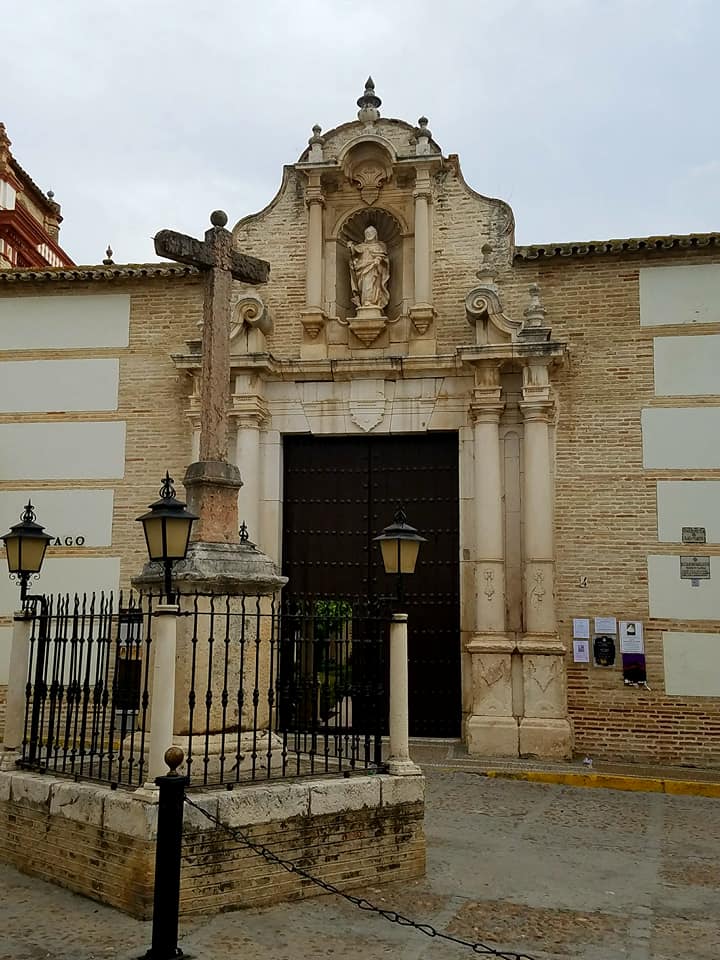 Where the church is located today, there was once a chapel. It’s construction dates from the late fifteenth and early sixteenth century, in the Gothic-Moorish style typical of “Hispalenses” churches of the time. As in so many other buildings that have a long history, throughout the seventeenth and eighteenth centuries it was subjected to various works of expansion and modernization.
Where the church is located today, there was once a chapel. It’s construction dates from the late fifteenth and early sixteenth century, in the Gothic-Moorish style typical of “Hispalenses” churches of the time. As in so many other buildings that have a long history, throughout the seventeenth and eighteenth centuries it was subjected to various works of expansion and modernization.
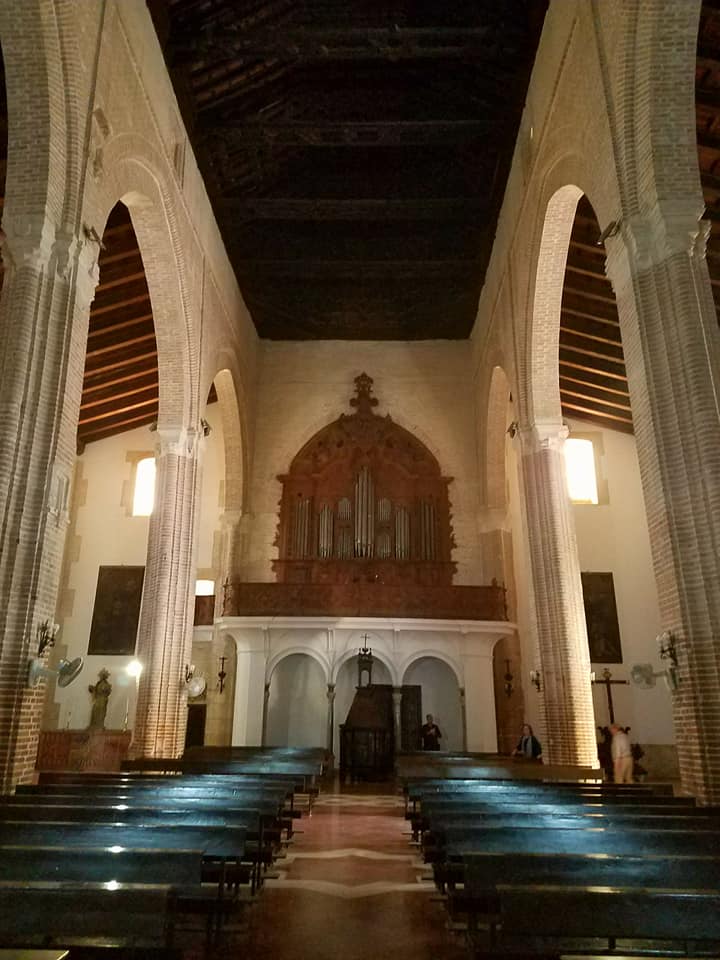 Inside, the temple is of a “Mudejar” style, with a rectangular layout and three naves covered by wooden coffered ceiling. The central nave is in the manner of a trough with a gable roof.
Inside, the temple is of a “Mudejar” style, with a rectangular layout and three naves covered by wooden coffered ceiling. The central nave is in the manner of a trough with a gable roof.
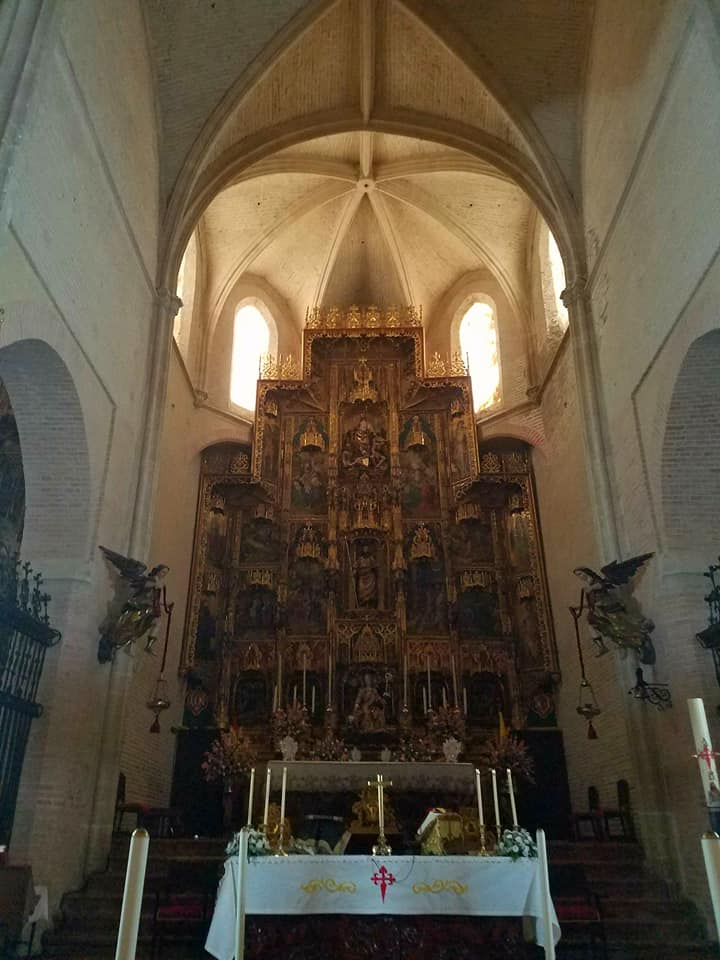 The Altarpiece is simply stunning, in which paintings and sculptures form a set of high aesthetic and artistic harmony. It is carved in the style of transition from Gothic to Renaissance, with reliefs and sculptures by Jorge Fernandez Aleman and panel paintings signed by Alejo Fernández German in 1538.
The Altarpiece is simply stunning, in which paintings and sculptures form a set of high aesthetic and artistic harmony. It is carved in the style of transition from Gothic to Renaissance, with reliefs and sculptures by Jorge Fernandez Aleman and panel paintings signed by Alejo Fernández German in 1538.
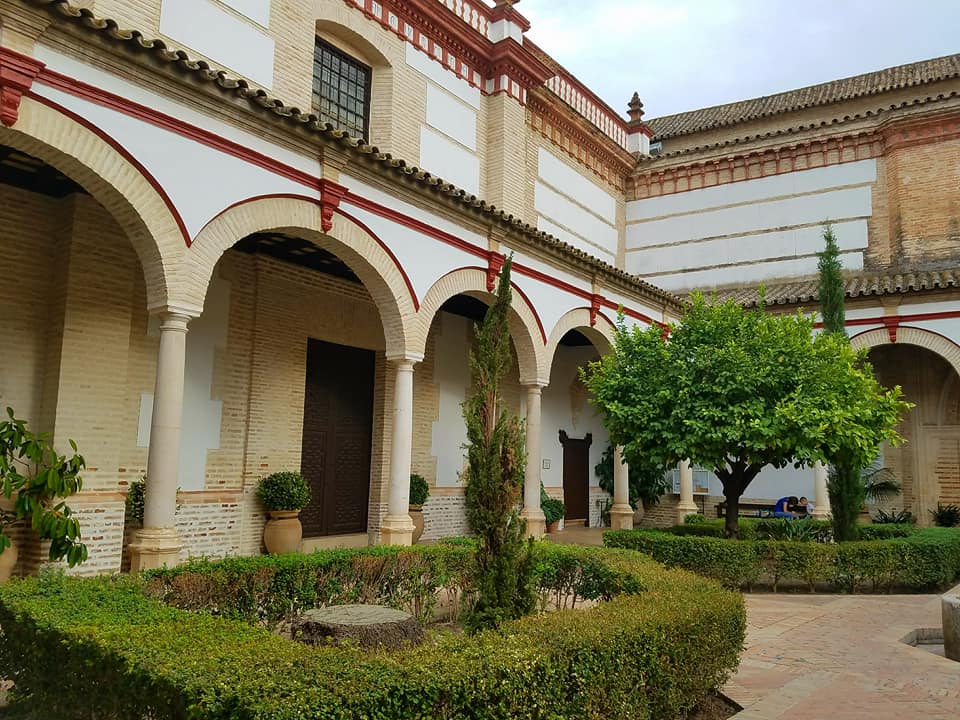 The Church of “Santiago” has an arcaded courtyard in a rectangular fashion that is between the church and square which is its usual entrance. It is baroque and in it we can find a fountain in the center surrounded by gardens. One feels great peace here.
The Church of “Santiago” has an arcaded courtyard in a rectangular fashion that is between the church and square which is its usual entrance. It is baroque and in it we can find a fountain in the center surrounded by gardens. One feels great peace here.
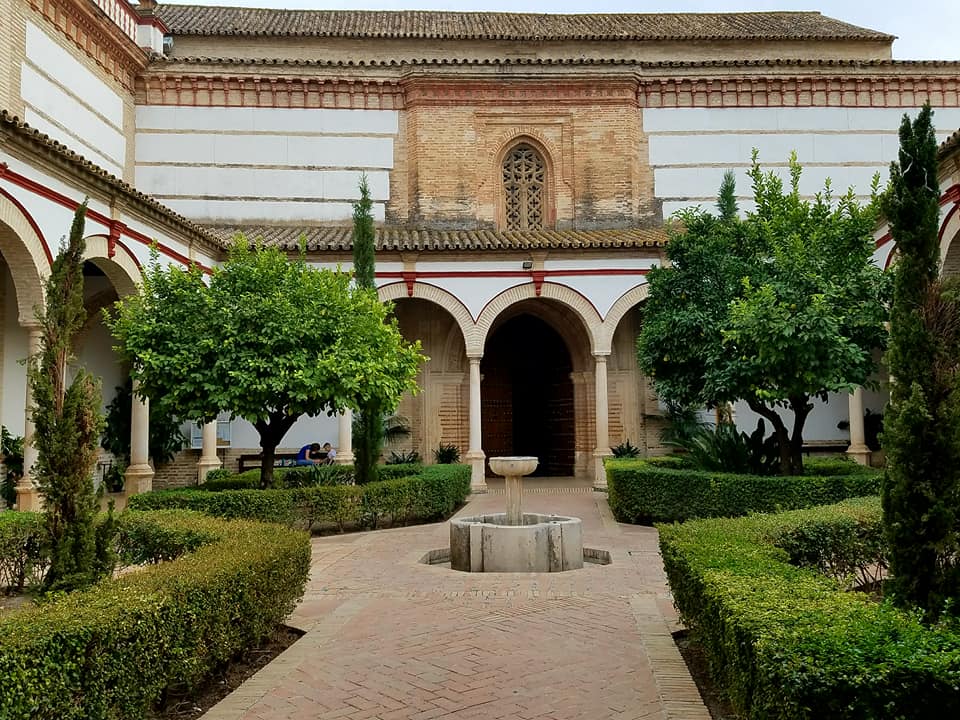
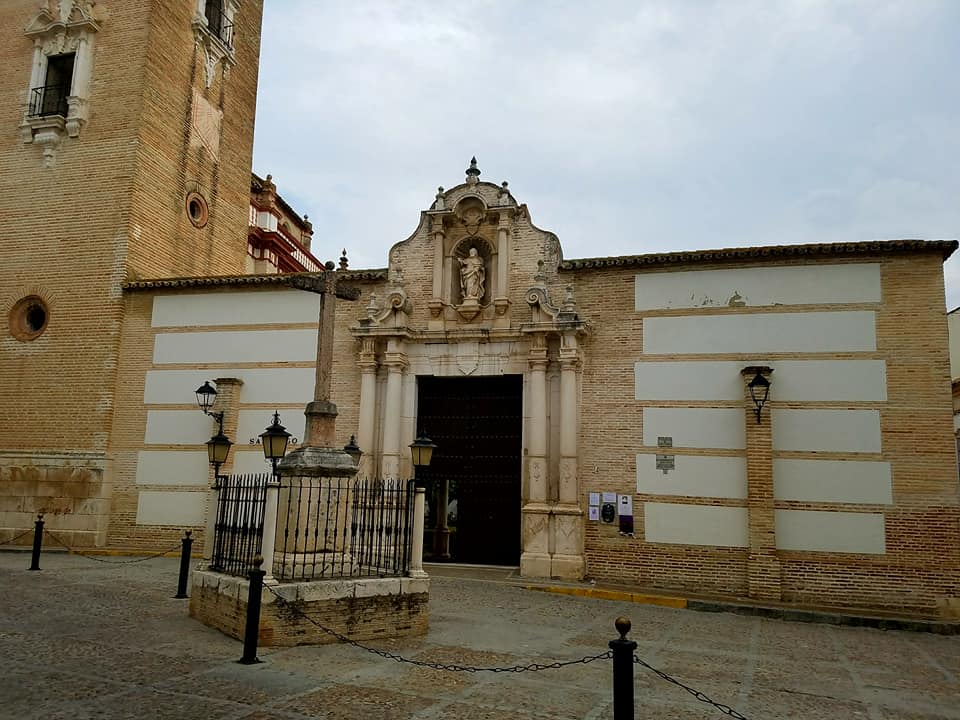 The cover or main entrance, is baroque work of Pedro de Silva, and is portrayed by a lintel entrance framed by two pairs of Tuscan columns which rest on pedestals of rich mortises. The cover includes a pediment in the center, where one can see a niche with an image of Santiago in a pilgrim habit.
The cover or main entrance, is baroque work of Pedro de Silva, and is portrayed by a lintel entrance framed by two pairs of Tuscan columns which rest on pedestals of rich mortises. The cover includes a pediment in the center, where one can see a niche with an image of Santiago in a pilgrim habit.
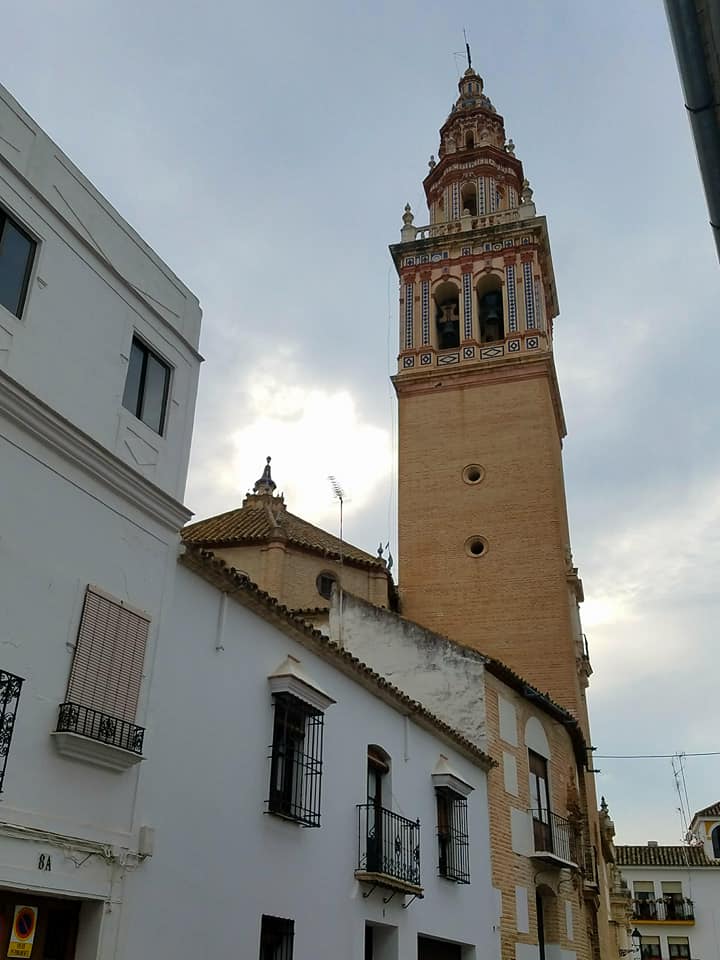 The current Baroque tower, was built between 1757 and 1766, it is the most typical of the city, with its large square brick body decorated with tiles of local influence. The Baroque bell tower was made by Juan Nunez during the second half of the eighteenth century. The original tower was demolished as a result of several earthquakes dating from the years 1684, 1755 and 1756 and that greatly affected the same.
The current Baroque tower, was built between 1757 and 1766, it is the most typical of the city, with its large square brick body decorated with tiles of local influence. The Baroque bell tower was made by Juan Nunez during the second half of the eighteenth century. The original tower was demolished as a result of several earthquakes dating from the years 1684, 1755 and 1756 and that greatly affected the same.
